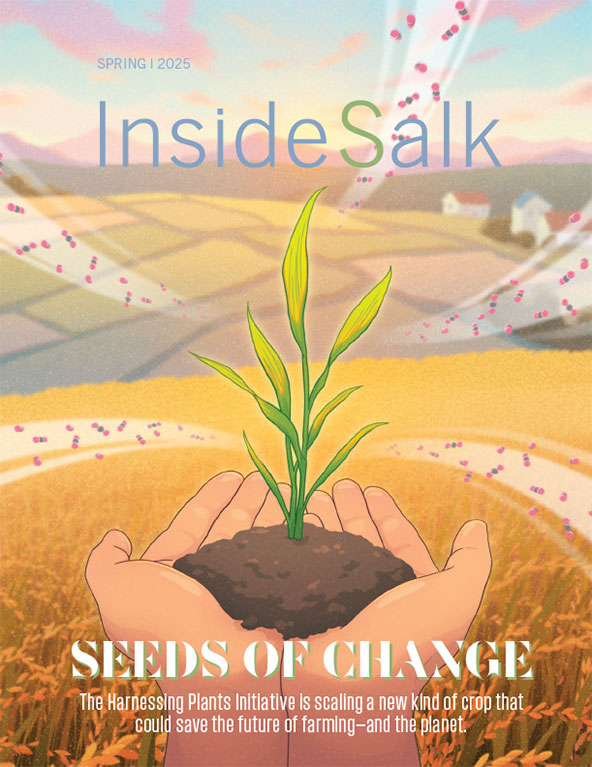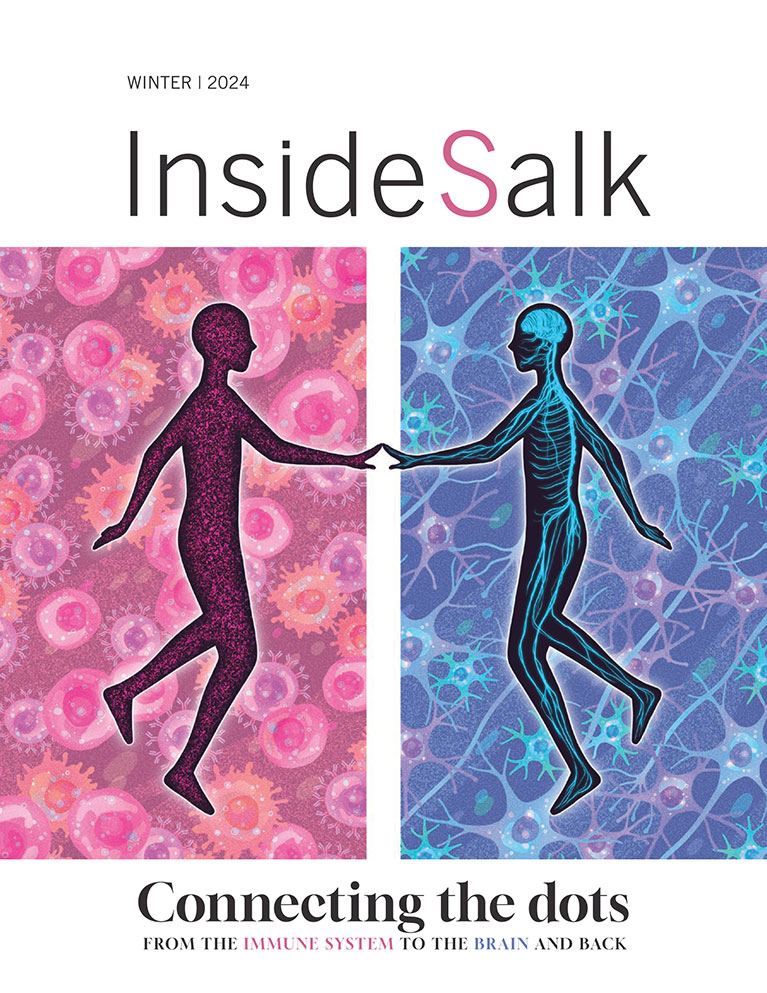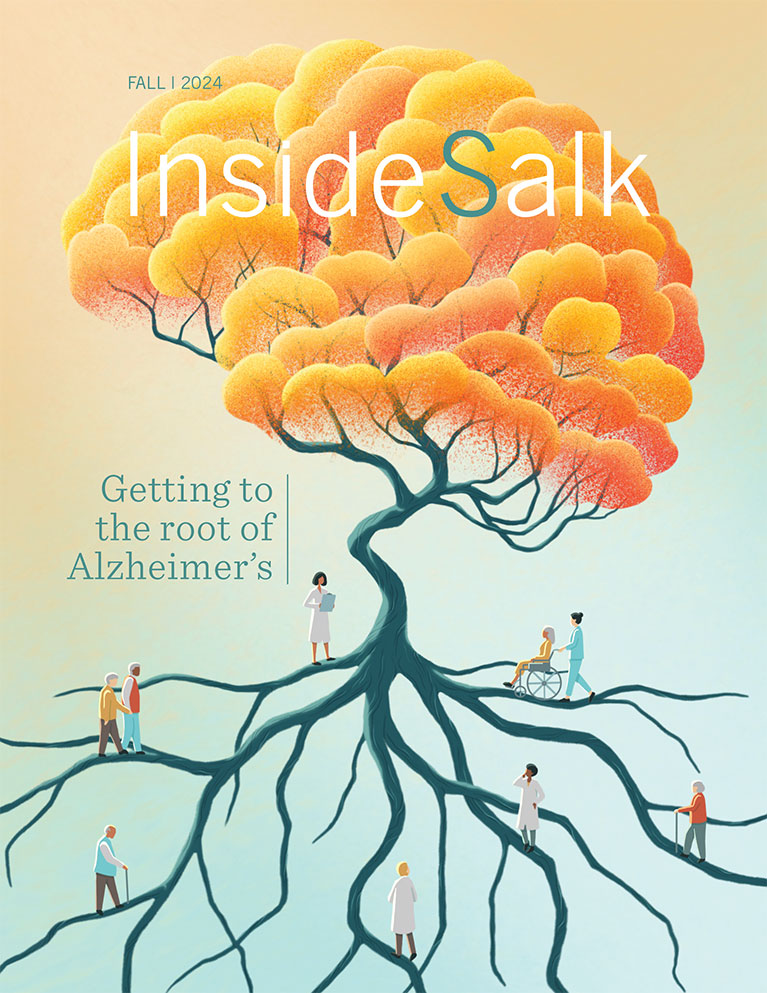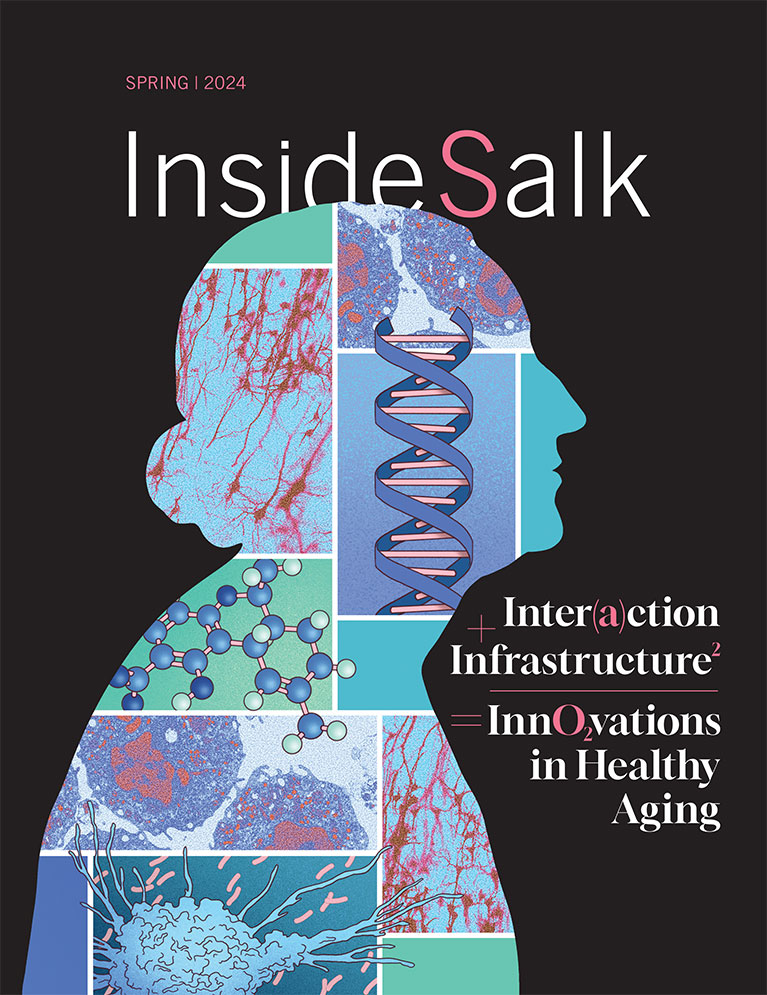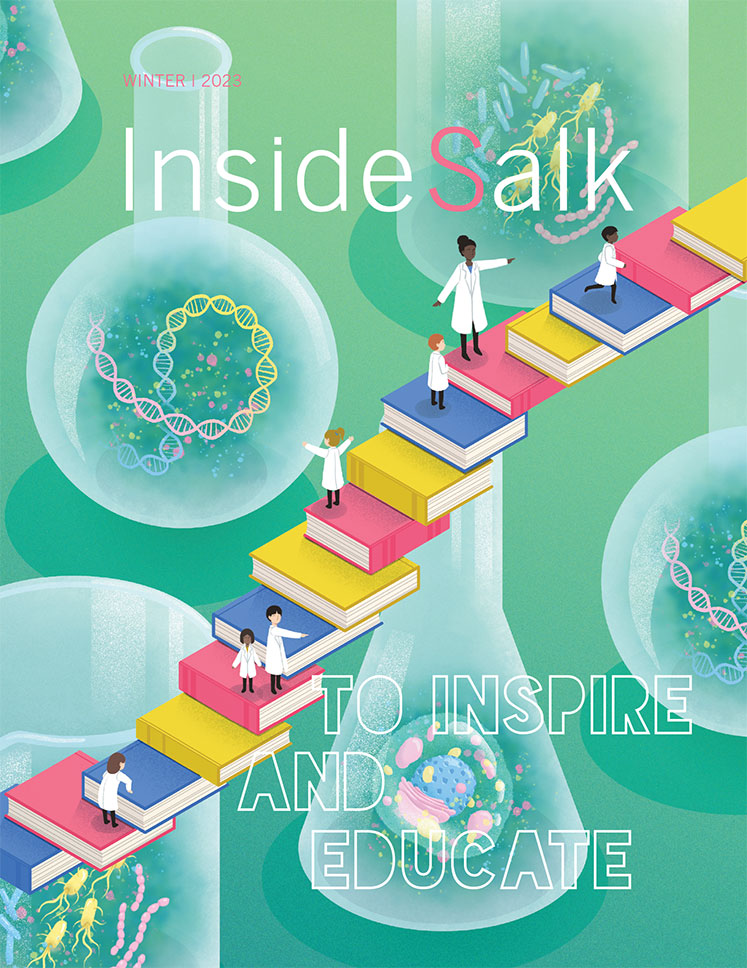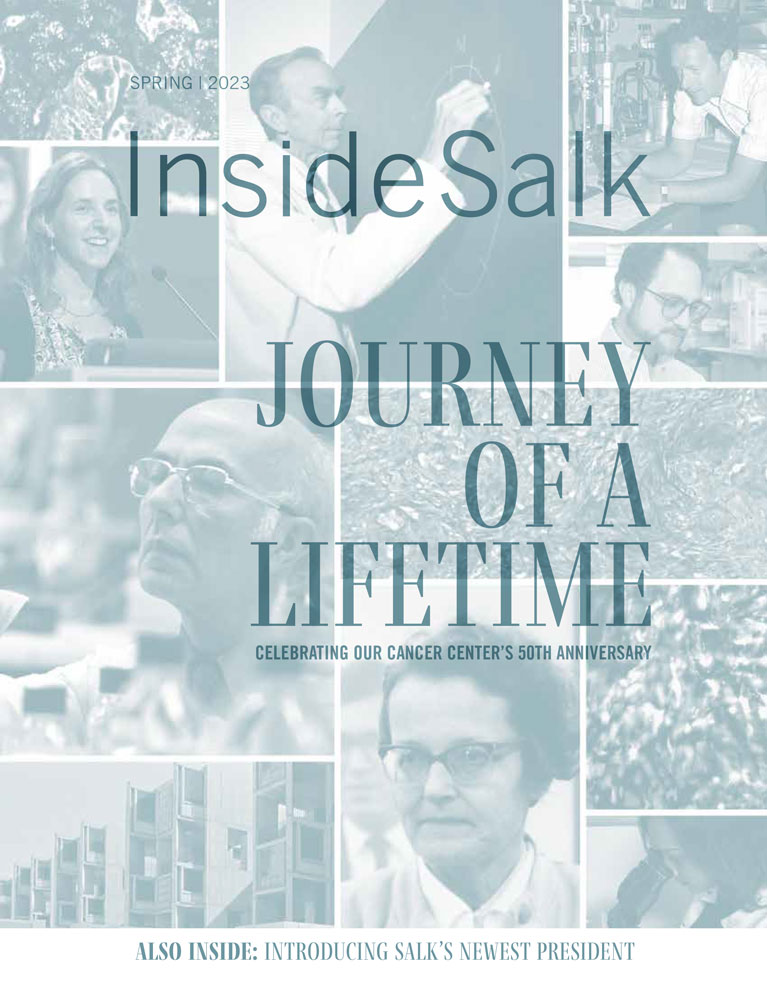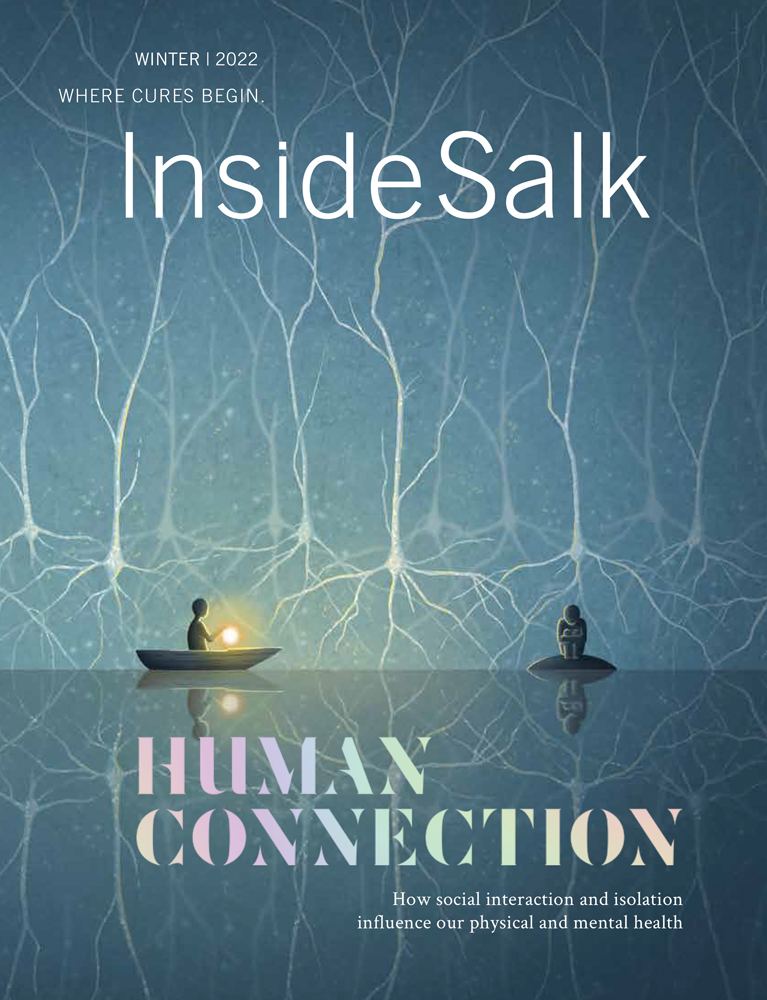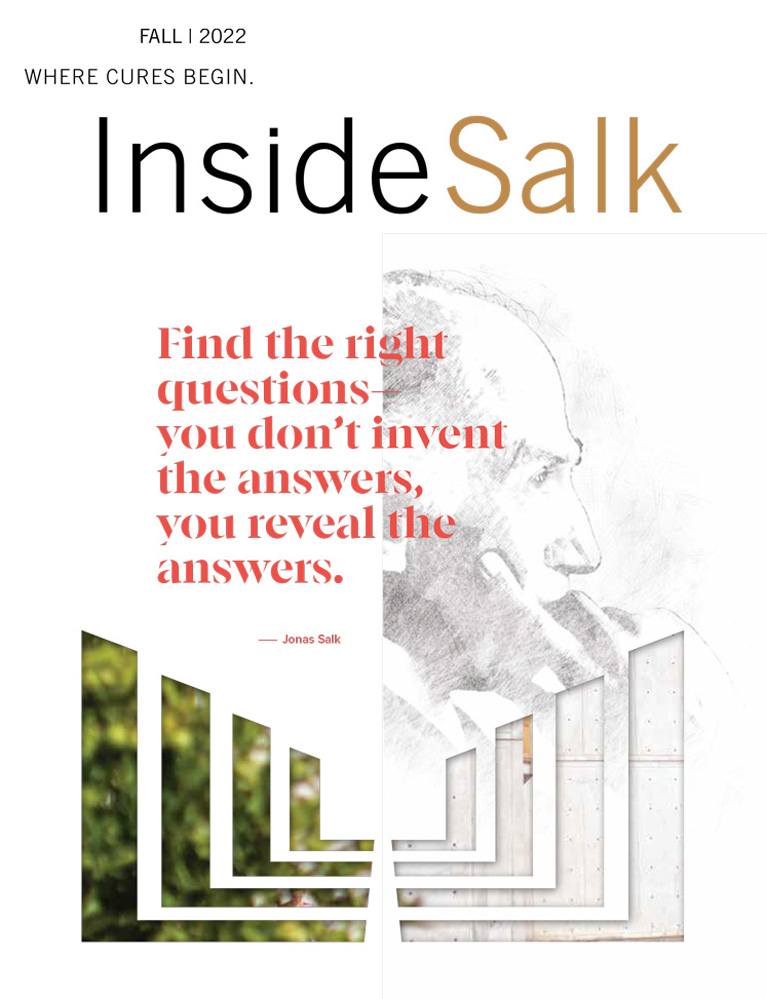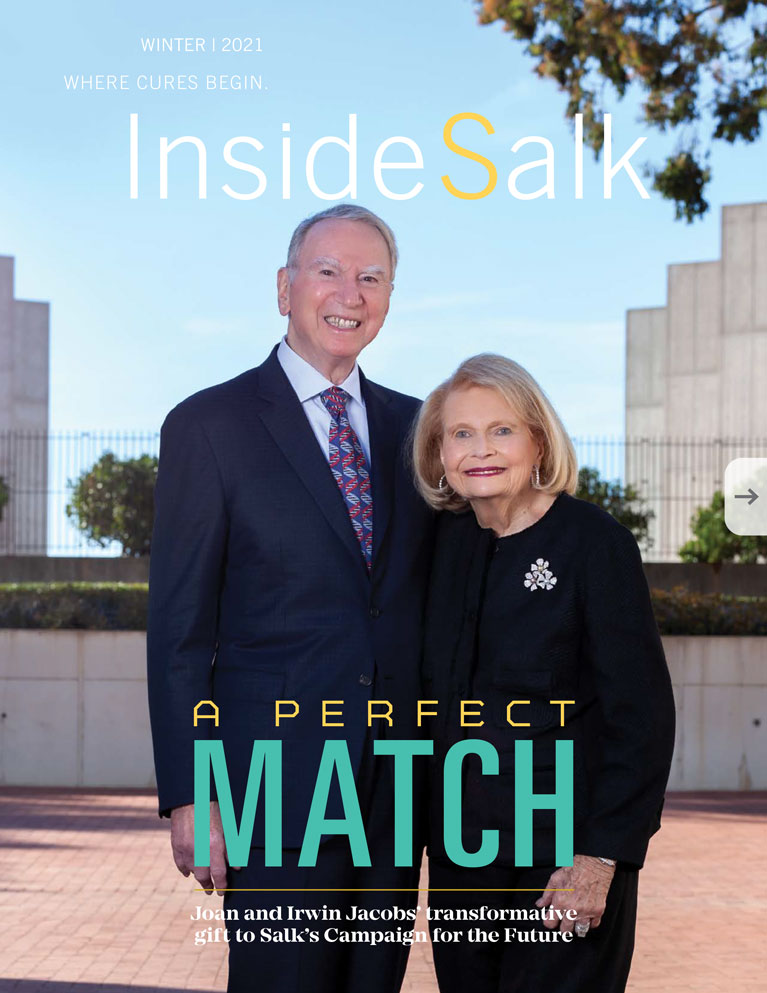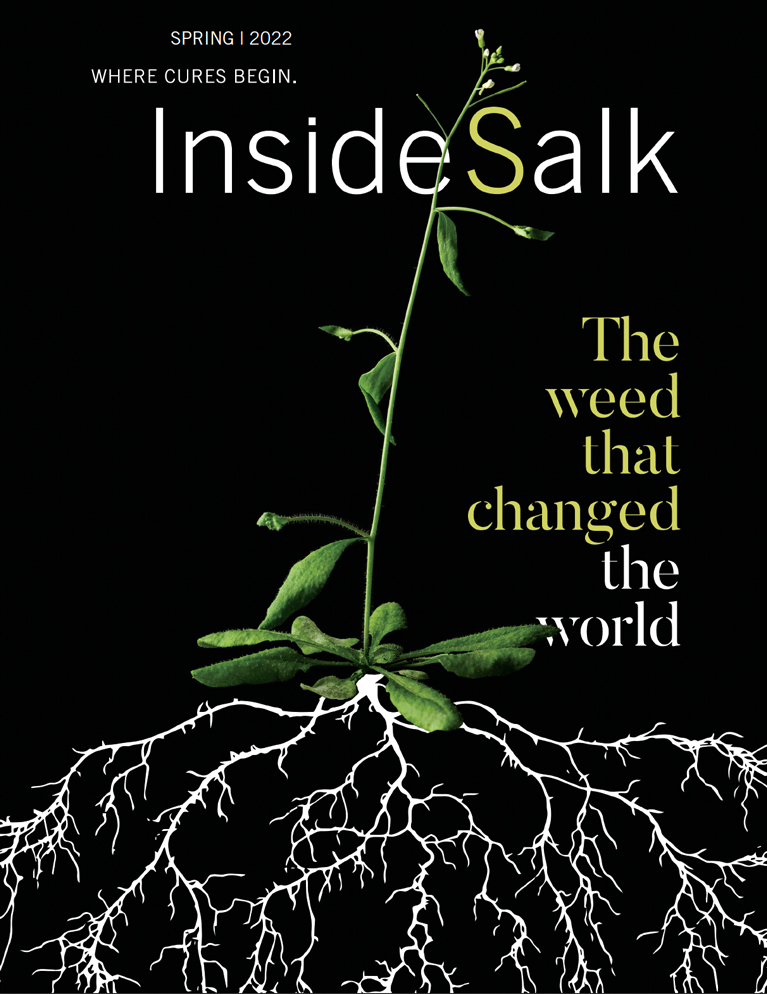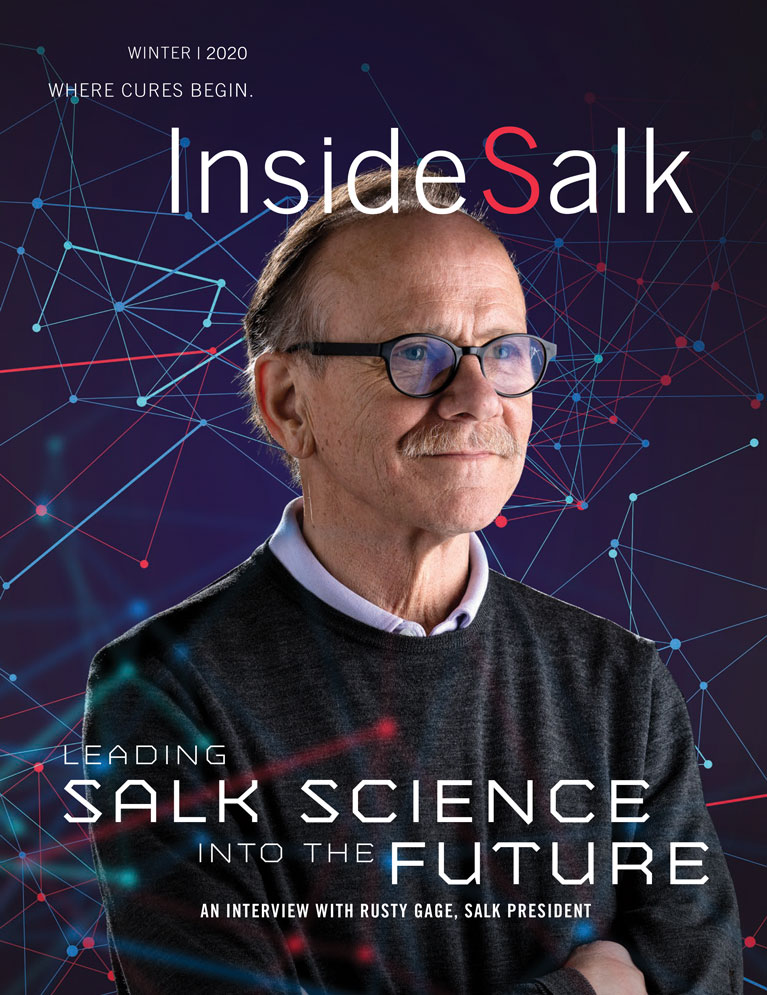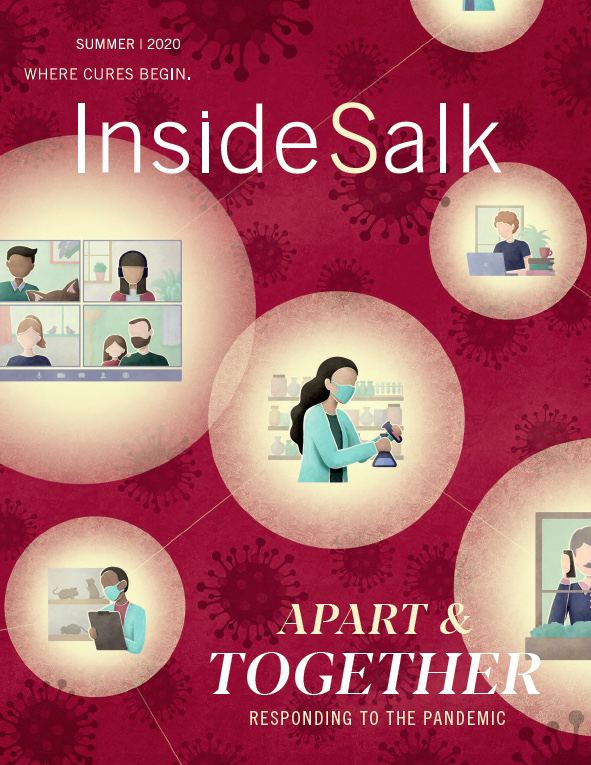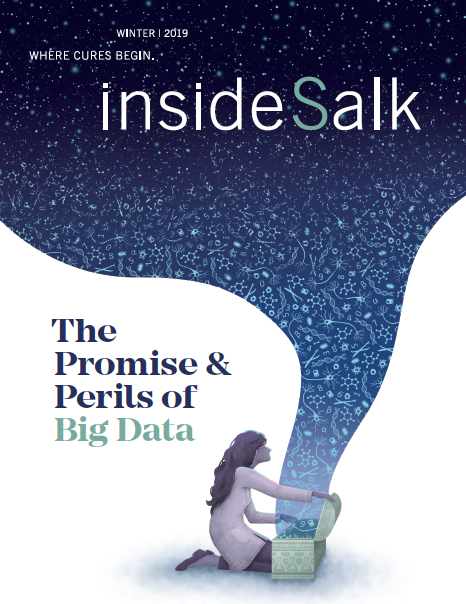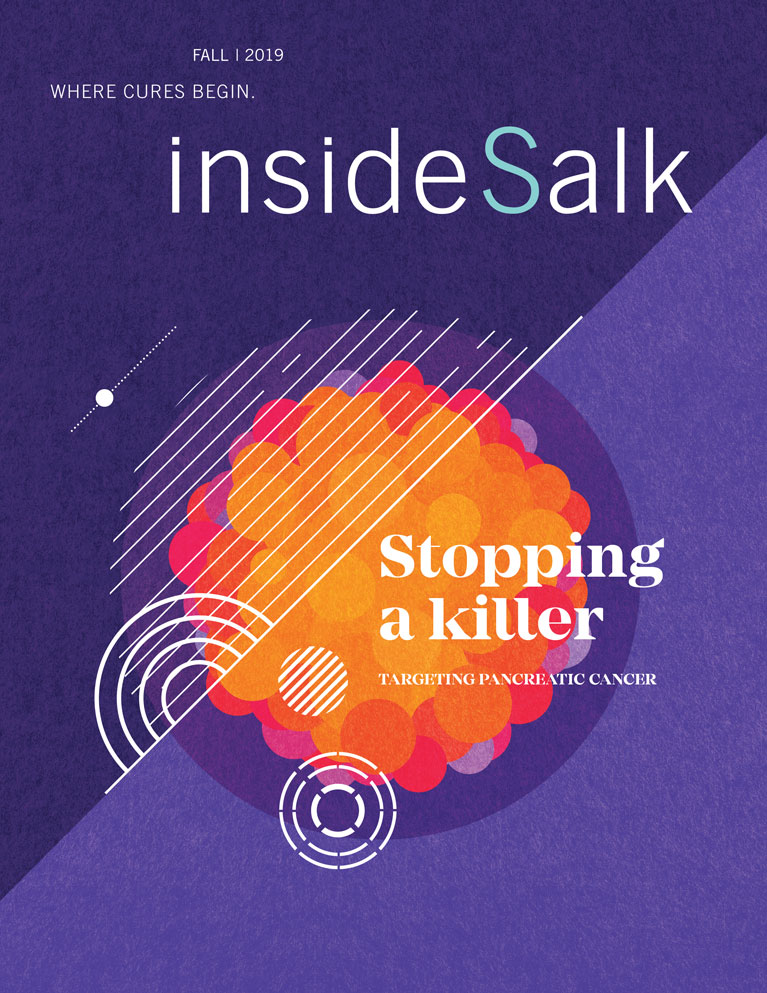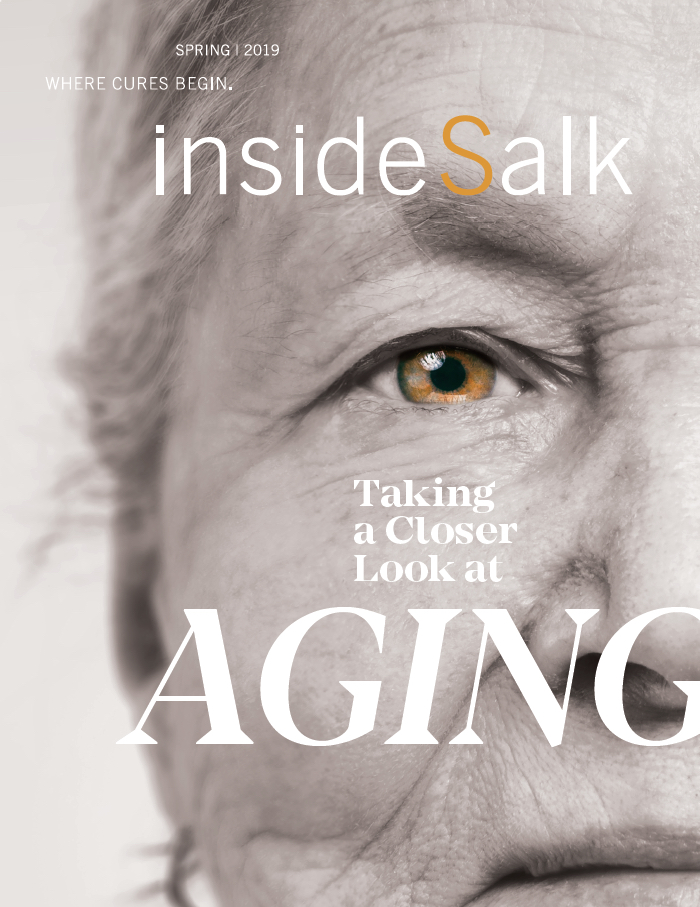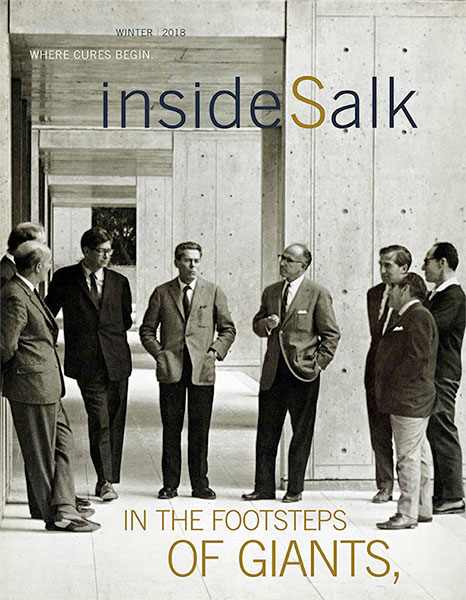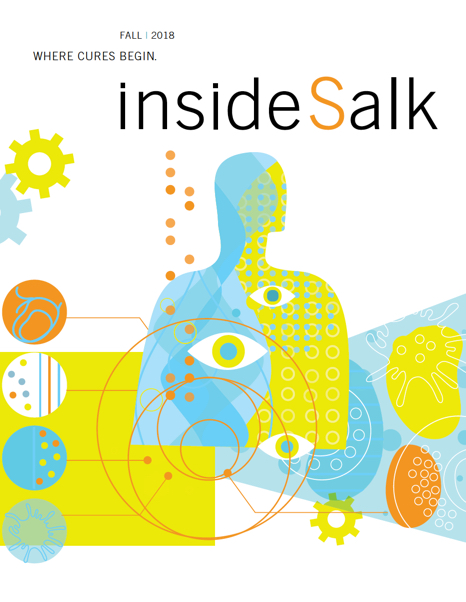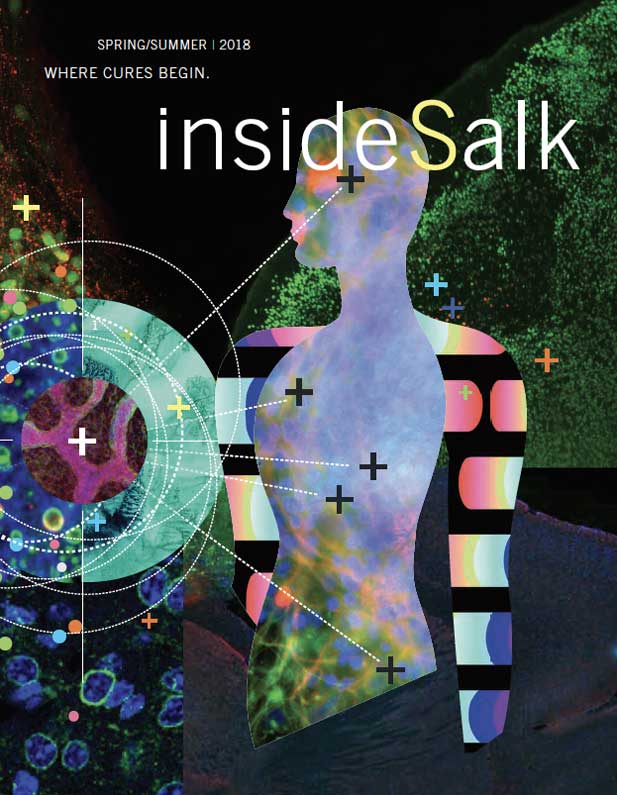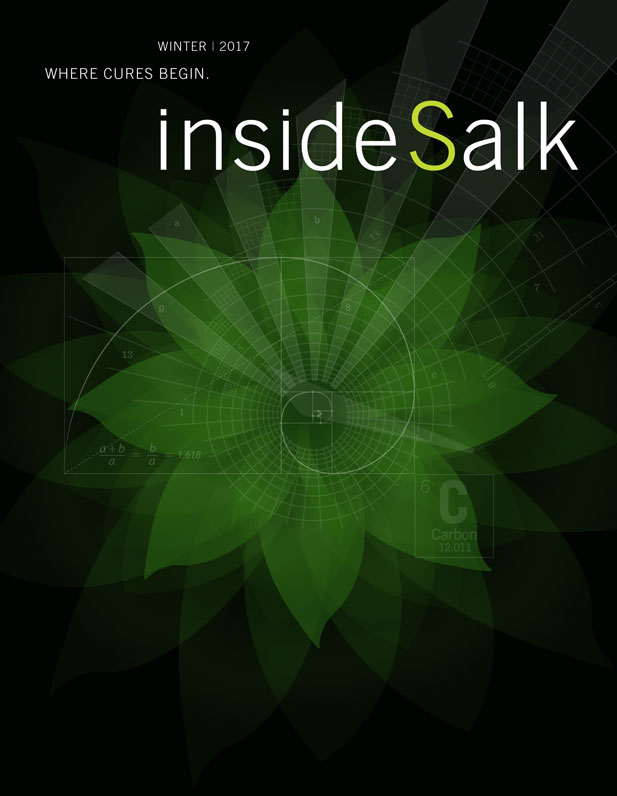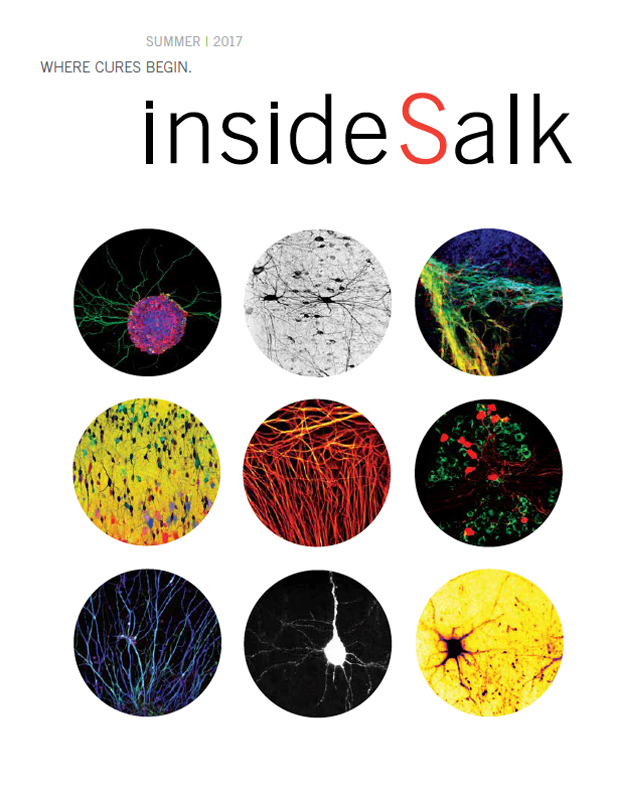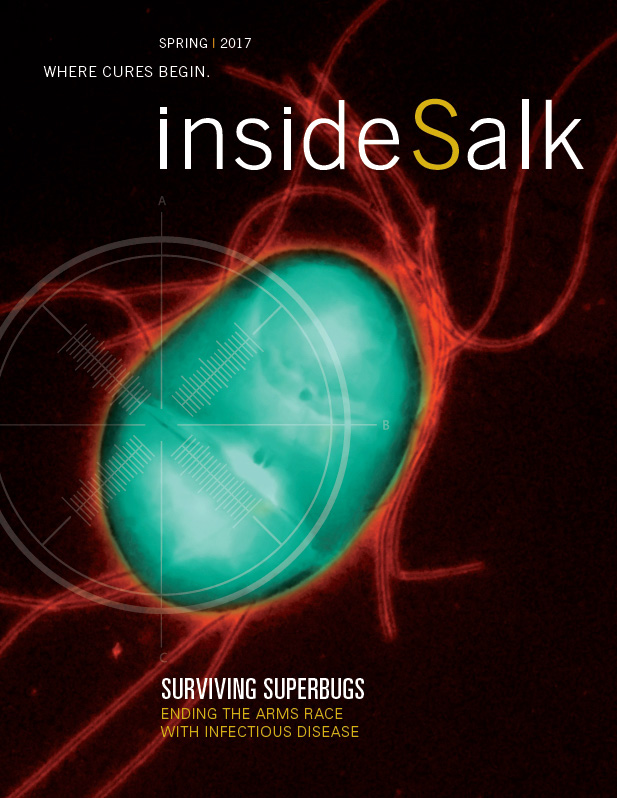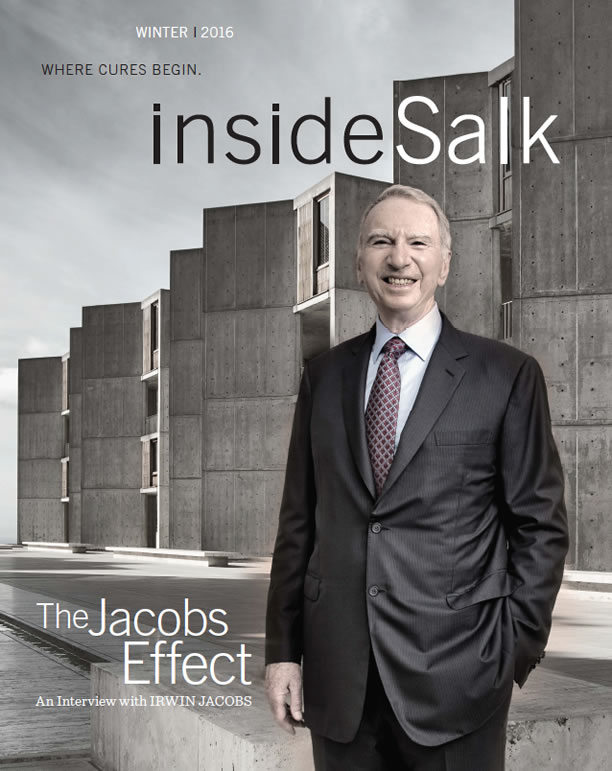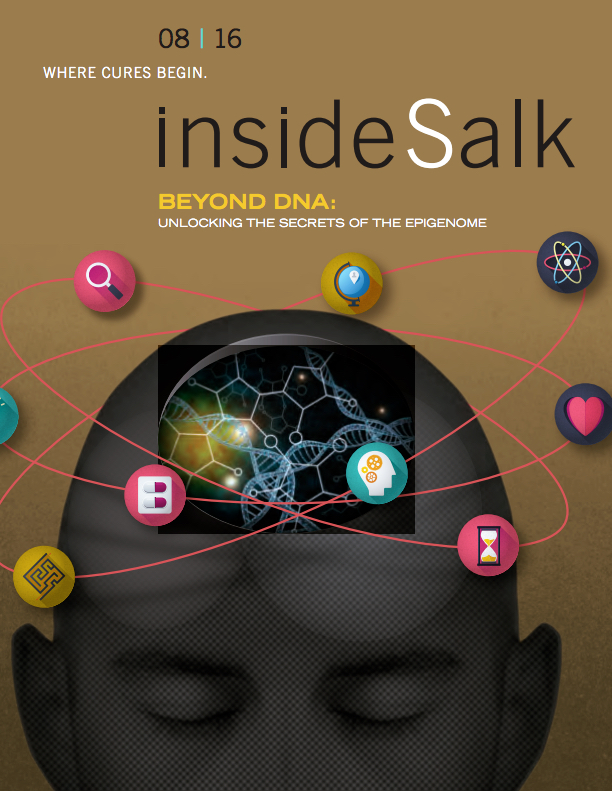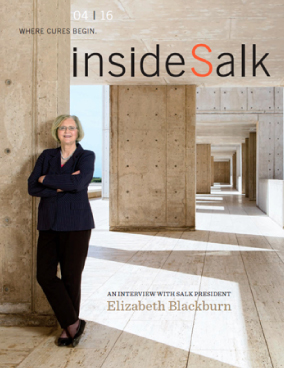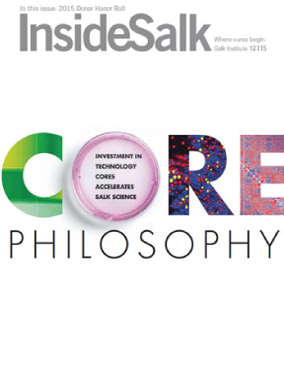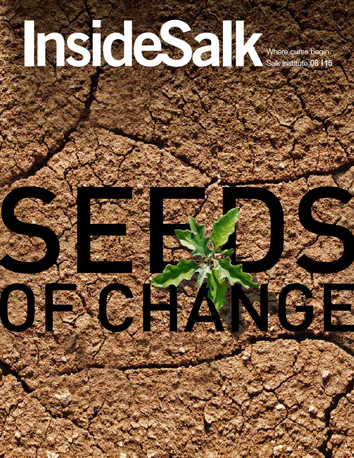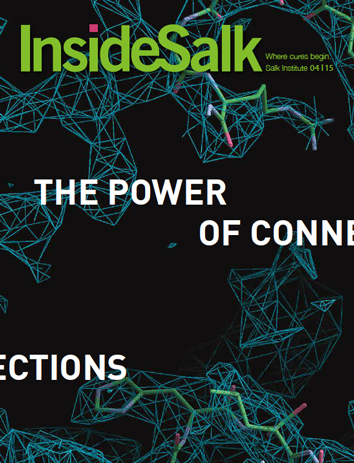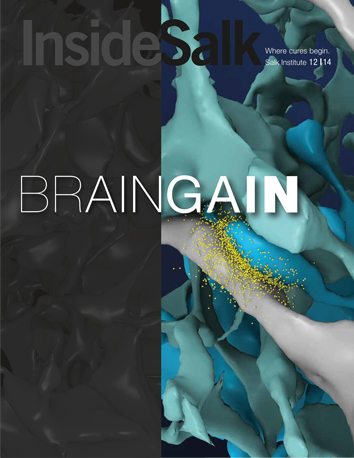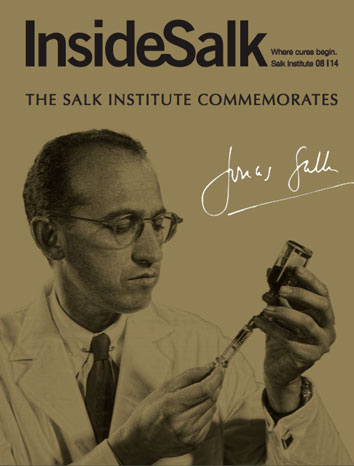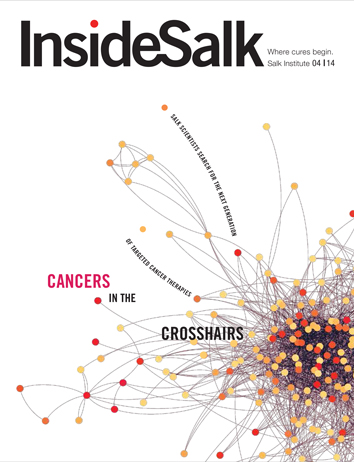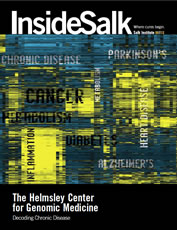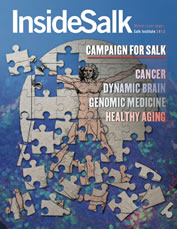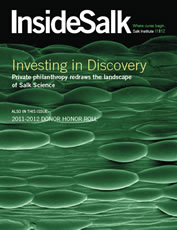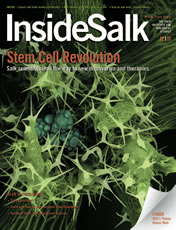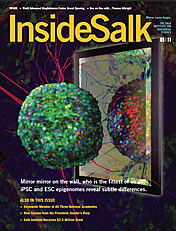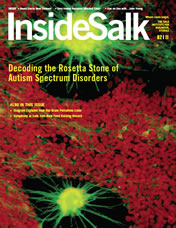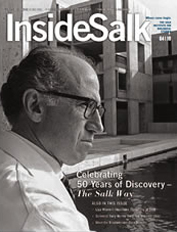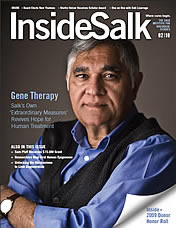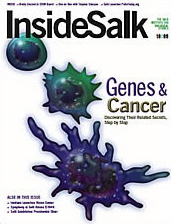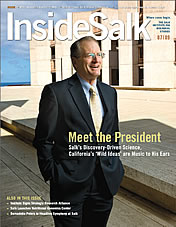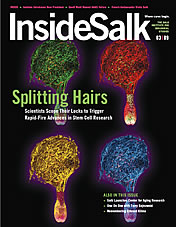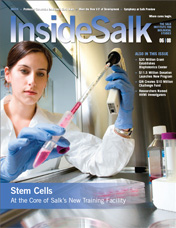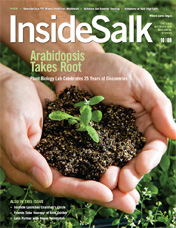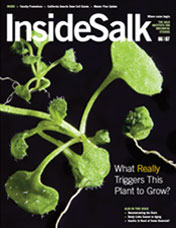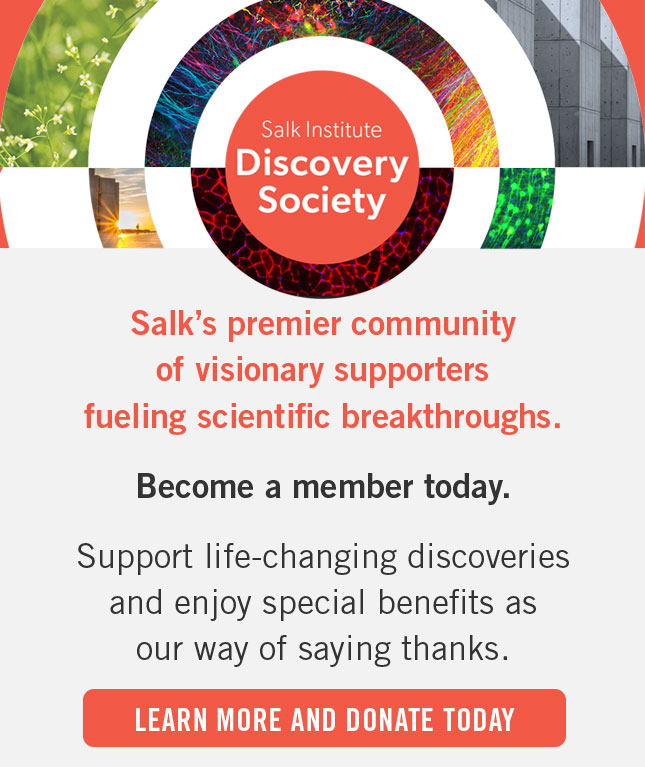Deep breath in, slow breath out… Isn’t it odd that we can self-soothe by voluntarily slowing down our breath? Humans have long used slow breathing to regulate emotions, but scientists had yet to understand how the brain consciously controls our breathing and whether this actually has a direct effect on our anxiety and emotional state. Associate Professor Sung Han, senior research associate Jinho Jhang, and colleagues have now, for the first time, identified a specific brain circuit that regulates voluntary breathing. Using mice, the researchers pinpointed a group of brain cells in the frontal cortex of the brain that connects to the lower brainstem, where vital actions like breathing are controlled. Their findings show that this neural pathway allows us to coordinate our breathing with our current behaviors and emotional state. Han says new therapeutics designed to target these brain cells could help prevent panic and hyperventilation in anxiety and post-traumatic stress disorders.
Read News ReleaseDiscoveries
Your immune cells are what they eat
The decision between scrambled eggs or an apple for breakfast probably won’t make or break your day, but for your cells, a similar decision could determine their entire identity. Professor Susan Kaech, postdoctoral researcher Shixin Ma, and colleagues revealed new insights into the complicated relationship between nutrition and cell identity. They found that the state of the immune system’s T cells could be determined by which nutrient the cell was metabolizing. Switching from acetate to citrate could shift the cells from an active, disease-fighting “effector” state to an “exhausted” one. The findings reveal how different nutrients can change a cell’s gene expression, function, and identity. They also suggest that new therapies could be designed to target these nutrient-dependent mechanisms to help T cells remain active in patients with chronic diseases like HIV or cancer.
Read News ReleasePlant cells gain immune capabilities when it’s time to fight disease
Human bodies defend themselves using a diverse set of immune cells that circulate from one organ to another, responding to everything from cuts to colds to cancer. But plants don’t have this luxury. Because plant cells are immobile, each cell is forced to manage its own immunity on top of its many other responsibilities. How these multitasking cells accomplish it all—detecting threats, responding to them, and warning others—has remained unclear. Research from Professor Joseph Ecker, postdoctoral researcher Tatsuya Nobori, and colleagues reveals that when plant cells encounter a pathogen, they enter a specialized immune state and temporarily become PRimary IMmunE Responder (PRIMER) cells, a new cell population that acts as a hub to initiate the immune response. The researchers also discovered that PRIMER cells are surrounded by another population of cells they call bystander cells, which seem to be important for transmitting the immune response throughout the plant. The findings bring us closer to understanding the plant immune system—an increasingly important task amid the growing threats of antimicrobial resistance and climate change, which both escalate the spread of infectious disease among crops.
Read News ReleaseTwo-in-one root armor protects plants from environmental stressors and fights climate change
Plants may burrow into the ground and stretch toward the sun, but they’re ultimately stuck where they sprout—at the mercy of environmental threats like temperature, drought, and microbial infection. To compensate for their inability to up and move when danger strikes, many plants have evolved different ways to protect themselves, such as building an armor called the periderm around their body and roots. Professor Wolfgang Busch, research scientist Charlotte Miller, and colleagues have debuted the first comprehensive gene expression atlas of the plant periderm at the single-cell level. The atlas provides new information about the different kinds of cells that make up the periderm and which specific genes control their development. This includes important insights into phellem cells, which are rich in suberin—a molecule that helps capture and store excess carbon dioxide from the atmosphere. Scientists can now use this information to stimulate periderm growth in plants facing environmental stress due to climate change. They can also potentially boost phellem cell genes to produce plants with enhanced carbon-capturing abilities—a central goal of Salk’s Harnessing Plants Initiative.
Read News ReleasePutting a lid on excess cholesterol to halt bladder cancer cell growth
Bladder cancer is the fourth most common cancer in men, and, like all cancers, it develops when abnormal cells start to multiply out of control. But what if we could put a lid on their growth? Professor Tony Hunter, postdoctoral researcher Xue Wang, and colleagues have discovered that PIN1, a protein first discovered in Hunter’s lab in 1996, is a major driver of bladder cancer. They revealed that it works by triggering the synthesis of cholesterol—a lipid that cancer cells use as fuel to grow. After mapping out the molecular pathway between PIN1 and cholesterol, the researchers developed an effective treatment regimen that halted tumor growth in mice. The therapy consists of two drugs: sulfopin, an experimental PIN1 inhibitor, and simvastatin, a statin that is already commonly used in humans to lower cholesterol levels and reduce the risk of heart disease.
Read News ReleaseBile acids exacerbate liver cancer, dietary supplement may offer relief
Immunotherapy has made an incredible impact on treating cancers of the lung, kidney, and skin—but for liver cancer, the treatment has been much less effective. To understand why, Professor Susan Kaech, postdoctoral researcher Siva Karthik Varanasi, and colleagues took a closer look at how the immune system and liver interact. They discovered that certain bile acids in the liver were affecting the activity of cancer-fighting immune cells called T cells. But while many of these bile acids were impairing T cell function, one specific bile acid, called ursodeoxycholic acid (UDCA), was actually boosting their activity. And when mice were given a UDCA dietary supplement, it was enough to control liver tumor growth. Since UDCA is already available as a generic medication, the researchers are hopeful that it could be incorporated into liver cancer treatments to make immunotherapy more effective for these patients.
Read News Releaseof the National Academy of Sciences
Boosting this molecule could help retain muscle while losing fat
About one in eight adults in the US has tried or currently uses a GLP-1 medication, and 40 percent of users cite weight loss as their main goal. But weight loss doesn’t discriminate between fat and muscle. Patients using GLP-1 drugs can experience rapid and substantial muscle loss, accounting for as much as 40 percent of their total weight loss. So how can we lose weight without also losing critical muscle? Professor Ronald Evans, postdoctoral researcher Hunter Wang, and colleagues discovered that a protein called BCL6 is key to maintaining healthy muscle mass. The experiments showed that fasting led to lower BCL6 levels and reduced muscle mass and strength in mice, but increasing BCL6 successfully reversed these losses. The researchers suggest that pairing GLP-1 medications with a BCL6-boosting drug may help counteract unwanted muscle loss. Similar therapies could also be used to treat other populations prone to muscle loss, such as older adults and patients with systemic diseases like sepsis or cancer.
Read News ReleaseAntidepressants could protect against infections and sepsis
Antidepressants like Prozac are commonly prescribed to treat mental health disorders, but new research suggests they could also protect against life-threatening sepsis and serious infections like COVID-19. Professor Janelle Ayres, postdoctoral researcher Robert Gallant, and colleagues have uncovered how these drugs are able to regulate the immune system and defend against infectious disease. They found that Prozac increased levels of an immune system molecule called interleukin-10 in mice, which led to reduced inflammation and prevented sepsis-induced heart failure. These insights could lead to a new generation of lifesaving medications and enhance global preparedness for future pandemics.
Read News ReleaseFeatured Stories
 Seeds of change: The Harnessing Plants Initiative is scaling a new kind of crop that could save the future of farming—and the planetFarmers and plant biologists are linking arms to build more sustainable, resilient agriculture. Salk scientists are working to enhance plants' natural ability to capture carbon to clean our air and restore environmental stability—all while maintaining productivity for growers.
Seeds of change: The Harnessing Plants Initiative is scaling a new kind of crop that could save the future of farming—and the planetFarmers and plant biologists are linking arms to build more sustainable, resilient agriculture. Salk scientists are working to enhance plants' natural ability to capture carbon to clean our air and restore environmental stability—all while maintaining productivity for growers. The day polio met its match: Celebrating 70 years of the Salk vaccineSeventy years ago, on April 12, 1955, the polio vaccine developed by Jonas Salk and his colleagues was officially declared “safe, effective, and potent”—a moment heralded as a triumph of medicine over one of the most feared diseases of the 20th century. On this milestone anniversary, it's crucial to remember that fear, and learn from this historic public health success.
The day polio met its match: Celebrating 70 years of the Salk vaccineSeventy years ago, on April 12, 1955, the polio vaccine developed by Jonas Salk and his colleagues was officially declared “safe, effective, and potent”—a moment heralded as a triumph of medicine over one of the most feared diseases of the 20th century. On this milestone anniversary, it's crucial to remember that fear, and learn from this historic public health success. Pallav Kosuri: Making magic out of moleculesA physicist-turned-bioengineer, Kosuri is developing nanoscale technologies that are on their way to transforming how we diagnose and treat diseases. Kosuri’s lab is using DNA to create a suite of biosensors, diagnostic tools, and drug delivery systems.
Pallav Kosuri: Making magic out of moleculesA physicist-turned-bioengineer, Kosuri is developing nanoscale technologies that are on their way to transforming how we diagnose and treat diseases. Kosuri’s lab is using DNA to create a suite of biosensors, diagnostic tools, and drug delivery systems. Suzanne Page: Uprooting, replanting, and blooming againIn October 2024, the Salk Institute named Suzanne Page as its new Vice President and Chief Operating Officer. Page has lived and traveled all over the country, developing a strong background in research operations, finance, and legal in the for-profit and nonprofit sectors—leading her to "manifest" her role at Salk.
Suzanne Page: Uprooting, replanting, and blooming againIn October 2024, the Salk Institute named Suzanne Page as its new Vice President and Chief Operating Officer. Page has lived and traveled all over the country, developing a strong background in research operations, finance, and legal in the for-profit and nonprofit sectors—leading her to "manifest" her role at Salk.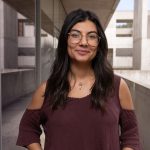 Irene López Gutiérrez: After every storm comes sunshine—and scienceRainy winter weather in Gutiérrez's seaside hometown in Spain led to long days indoors, where she found a science television show that inspired an entire life of education and research that eventually brought her to Salk. Today, she works in Professor Susan Kaech's lab studying Alzheimer's disease.
Irene López Gutiérrez: After every storm comes sunshine—and scienceRainy winter weather in Gutiérrez's seaside hometown in Spain led to long days indoors, where she found a science television show that inspired an entire life of education and research that eventually brought her to Salk. Today, she works in Professor Susan Kaech's lab studying Alzheimer's disease. Michelle Chamberlain named Salk’s new Vice President of External RelationsMichelle Chamberlain assumed the role on April 2, where she will serve on Salk's Executive Leadership Team and oversee all fundraising efforts, communications, community engagement, education outreach programs, foundation relations, and stewardship activities.
Michelle Chamberlain named Salk’s new Vice President of External RelationsMichelle Chamberlain assumed the role on April 2, where she will serve on Salk's Executive Leadership Team and oversee all fundraising efforts, communications, community engagement, education outreach programs, foundation relations, and stewardship activities. Trustee Richard A. Heyman donates $4.5 million to enable early-stage innovative researchRichard A. Heyman, a member of the Salk Institute’s Board of Trustees, and his wife, Anne Daigle, have donated $4.5 million to establish the new Richard A. Heyman Collaborative Innovation Fund to support Institute faculty on collaborative, early-stage studies aimed at big, bold questions.
Trustee Richard A. Heyman donates $4.5 million to enable early-stage innovative researchRichard A. Heyman, a member of the Salk Institute’s Board of Trustees, and his wife, Anne Daigle, have donated $4.5 million to establish the new Richard A. Heyman Collaborative Innovation Fund to support Institute faculty on collaborative, early-stage studies aimed at big, bold questions.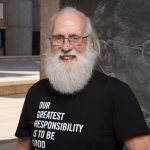 50 years of discovery: Professor Tony Hunter’s half-century legacy at SalkTony Hunter first arrived at the Salk Institute in 1971 as a postdoctoral trainee from the University of Cambridge. Four years later, he officially joined the Institute as an assistant professor and cancer biology pioneer.
50 years of discovery: Professor Tony Hunter’s half-century legacy at SalkTony Hunter first arrived at the Salk Institute in 1971 as a postdoctoral trainee from the University of Cambridge. Four years later, he officially joined the Institute as an assistant professor and cancer biology pioneer.

